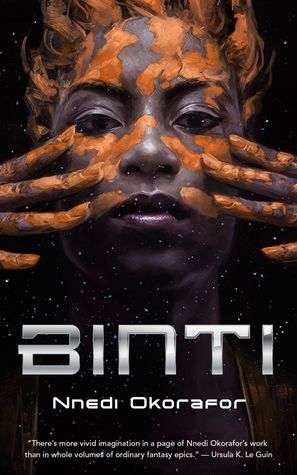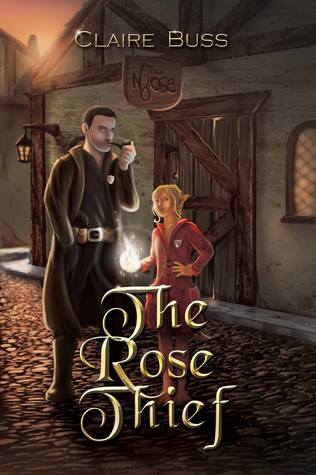From now on, I'll post interviews on Friday. My knitting columns have moved to Sundays. Today I interview J C Steel.
Questions
for interview - J C Steel
What
genre(s) do you write in and why? Do you write flash fiction, short
stories, novellas and/or novels? Graphic novels, anime or comics? If
you do multiple genres and/or lengths, which do you prefer? Have you
ever written any poetry?
At
some point I’ve experimented with most types of writing, including
that old author favourite, lying on a patch of carpet somewhere and
waiting for writing to happen.
My
open relationships with poetry, short stories, and essay writing
petered out in my mid-teens, probably to everyone’s relief, and
gave way to full time science-fiction and urban fantasy
novel-writing.
It’s
a funny thing, but until this past week, ‘why science-fiction?’
wasn’t a question I’d ever asked myself. It may come of having
been born wanting to explore on a planet that’s been pretty
thoroughly explored, but by the time I got around to asking myself
‘why sci-fi?’ I’d already got four novels published.
What
writers do you admire? What are you currently reading?
Writers
I admire? There’s shelves of them. In fact, there are so many
shelves of them than visitors to my home tend to back away from the
evidence of my fetish slowly. If I
had to name a few,
I’d have to go with Robert Heinlein, for managing to weave the most
thought-provoking, intelligent sci-fi stories out there, Dorothy
Dunnett, for being able to create characters more real than most
people I meet on the street, and J.R.R. Tolkien, the one pantser who
rules them all.
Right
now I’m reading a Canadian sci-fi and fantasy author, Tanya Huff.
She’s got a military sci-fi series out that I love, with excellent
characterisation, and a couple of urban fantasy series that are also
very good. In fact, one of them was turned into a TV series a few
years back, called ‘Blood Ties’.
What
are you working on now?
Right
now I’m working on the final print proofs for my very first urban
fantasy, Death
is for the Living.
It’s currently
out for advanced readers,
and it’s a tale of vampire hunters working from a yacht in the
Caribbean. I originally wrote it in my teens; I was in boarding
school, and feeling homesick (for clarity, I was homesick for the
Caribbean and the yacht, not the vampires...um). The tag-line I’m
currently running with is ‘People think vampires are a curse of the
Old World. But before modern borders divided the lands around it, the
Caribbean Sea was better known as the Spanish Main...’ (Insert
creepy crescendo here...)
Because
I have commitment issues, I’m also in edits on the fifth in my
Cortii Universe sci-fi series. It’s running under the working title
of The
Instructor,
but that sounds vaguely BDSM and may change during edits - so much
tends to.
If
you had it to do over again, would you have started writing sooner?
That
would actually have been difficult :) I started writing seriously
when I was about fourteen, which coincided conveniently with leaving
the yacht I’d grown up on and having computers available to
actually write on. That said, they were over-worked and abused school
computers, and a number of very fruitful edit rounds in those early
days were triggered by corrupted floppy disks. My tendency to keep
hardcopies and print proof copies very probably dates back to those
days. I keep hoping that one day they’ll be memorabilia auctioning
for millions, but then, what author doesn’t dream?
Which
do you find hardest: coming up with a story idea, writing, revising,
or marketing?
Marketing,
hands-down. Story ideas happen to the extent where lobotomy is
probably the only solution, and writing usually happens quite
irresistibly and of its own accord (often at times when I’m
actually supposed to be doing other things). While editing can and
sometimes does feel like pounding sand, I do enjoy it most of the
time. As I’m an unashamed pantser, editing is also when a lot of
the ‘Ah! That’s why that happened!’ moments come in, as I
tweak, and re-arrange, and add in the cameo scenes that explain why
something happened the way it did.
Marketing,
however...I have the greatest respect for those who can, but as I
loathe receiving marketing, and there’s about two companies out
there whose ads don’t go straight in my junk mail, I have trouble
imagining what kind of ad copy wouldn’t be badly received. I also
share with a lot of authors the problem that I’m perfectly happy in
the 50,000 - 500,000 word range, but I can sit there petrified when
faced with 50 words designed to entice punters.
Are
you a plotter or a pantser or a hybrid of the two?
I’m
a pantser all the way. My books start with a scene, or a bit of
dialogue, playing in my head that refuses to go away; it shows up in
the shower, when I’m supposed to be listening to VIPs in meetings,
and at 0300. After a few weeks, by which point my attention span has
degraded to that of a blue-arsed fly on crack, I cave and write it
down, and once I’ve dropped my characters into the scene, the rest
of the book is really just a case of me typing fast enough to keep
up.
While
I have nothing but respect for people who can plan down to the scene
level and know exactly what will happen at every stage in their
books, I couldn’t write 100,000 words while knowing exactly how it
was going to go. I write to find out how the story ends, and if the
story isn’t interesting enough to keep me typing, well, that’s a
pretty good heads-up that it’s not going to keep a reader
interested either. Happily, I’ve only had a couple of manuscripts
that died that way.
What's
your solution to writers' block?
What’s
writer’s block? (Sorry.)
Seriously,
as a pantser and a self-publisher with a full-time day job, if I get
stuck on one thing I’m working on, I go and work on something else
for a bit. I usually have at least two manuscripts vying for whatever
free time I can throw at them (with a day job plus commute that eats
11 to 12 hours of my weekdays, there isn’t a lot), and if nothing
there is calling my name, drawing summoning circles and offering
sacrificial snippets, then I blog, or start one of the side stories
that’s been bugging me. By the time those are partway done, one of
the main manuscripts is fresh and waiting for me again.
How
much time do you spend on research for your writing?
Eh,
good question. I noticed that the editing end for Death
is for the Living
took a bit more time spent on the Internet checking details than my
sci-fi novels usually require (as a not-random example, just exactly
where other than Paramaribo can you moor a 65-foot yacht in
Suriname?), but usually research is more general. I’ve researched
blood spatter analysis, orbital mechanics, explosions in vacuum, and
once, late at night, accidentally typed ‘coronal mass ejaculation’
into my browser instead of ‘coronal mass ejection’. (Don’t make
that mistake - voice of experience.) Generally, research for my
writing is a lot of fun, although given my browser history, I do
fully expect to receive the ‘Men in Black’ experience at some
point.
Website:
jcsteelauthor.com
Twitter:
https://twitter.com/steel_jo
Facebook:
https://www.facebook.com/authorjcsteel
Goodreads:
https://www.goodreads.com/JCSteel
Instagram:
https://www.instagram.com/j_c_steel



























